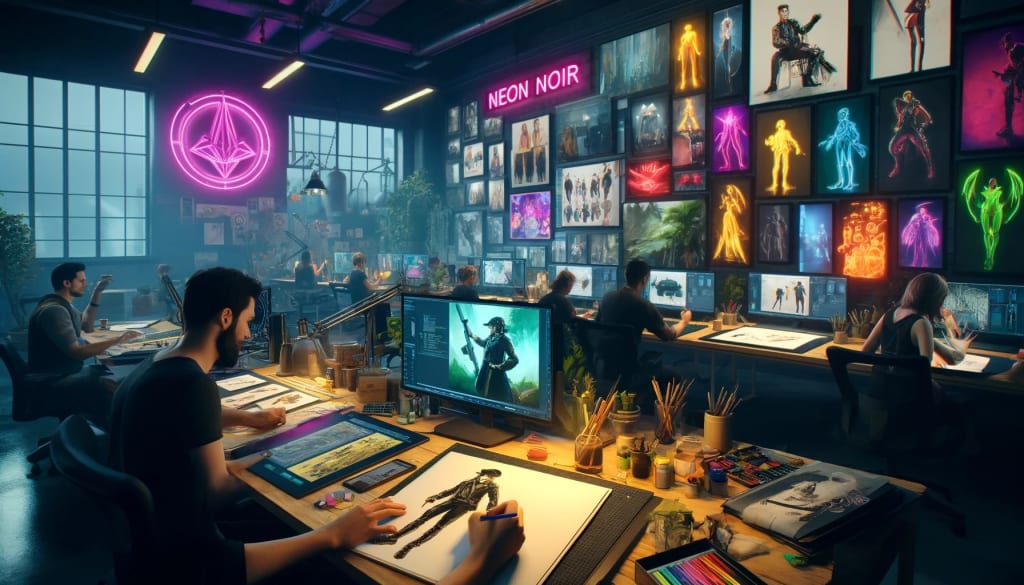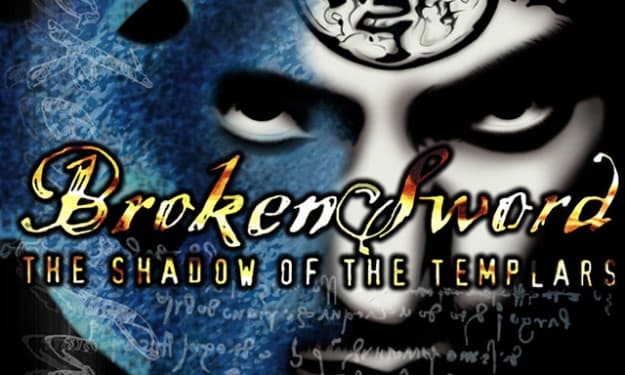Popular Game Graphics Styles: A Visual Journey
The visual appeal of a video project can often be as influential as its gameplay in captivating players.

The visual appeal of a video project can often be as influential as its gameplay in captivating players. The aesthetic of a project not only defines its aesthetic but also enhances the immersive experience by aligning with the project's mood, theme, and narrative. In this exploration of popular project graphics styles, we'll delve into how these design approaches contribute to the unique identity of projects, with a focus on the importance of video game art styles and the process of creating concept art of projects.
Pixel Art
One of the most nostalgic video project art styles is Pixel Art, which harks back to the early days of gaming. This design approach is characterized by low-resolution graphics where each pixel is deliberately placed to create characters and environments. Despite technological advancements allowing for more detailed graphics, pixel art remains popular for its retro appeal and its ability to convey complex visuals with simple means.
Hand-Drawn Art
Hand-drawn art design approaches in video projects offer a distinctly organic and personal touch that stands out in a digital medium. This aesthetic is often used in projects that aim to tell rich stories or convey a particular artistic vision. The process of creating concept art of games in hand-drawn artistic technique involves artists sketching out scenes and characters by hand, which are then digitized and animated.
3D Realism
3D Realism pushes the boundaries of video project visuals, aiming to replicate the look and feel of the real world with as much accuracy as possible. This aesthetic is prevalent in blockbuster titles where immersive storytelling and realistic environments are key to the gameplay experience. The creation of concept art for projects with realistic design approaches requires a deep understanding of physical lighting, anatomy, and perspective to create lifelike scenes that are both impressive and believable.
Cel-Shaded Animation
Cel-shaded animation is a video project artistic technique that uses bold outlines and blocks of colors to mimic the aesthetic of a comic book or cartoon. This technique gives projects a timeless, graphic quality that stands out from more photorealistic approaches. Cel-shading is particularly effective in projects that aim to be visually striking and stylistically distinct.
Minimalist and Abstract
Minimalist and abstract design style approaches strip down graphics to their basic geometric shapes and primary colors to focus on gameplay and narrative. This aesthetic emphasizes simplicity and clean design, often used to tell stories in subtle ways or to challenge the player’s perception.
Watercolor Aesthetics
Watercolor aesthetics bring a soft, ethereal quality to video games, characterized by gentle color transitions and a hand-painted feel. This art style conveys a sense of calm and delicacy, making it ideal for narrative-driven games or those that seek to evoke deep emotional responses. The translucent layers of color mimic traditional watercolor paintings, creating a dreamy atmosphere that can transport gamers into a visually poetic world.
Low Poly Art
Low poly art is a style defined by its minimalist geometric shapes and a relatively small number of polygons. This technique results in a clean and stylized look that can range from charmingly simplistic to strikingly futuristic. Low poly art is versatile and can be applied to both serene exploratory games and fast-paced action titles.
Neon Noir
Neon noir is a video game art style that combines the dark, brooding elements of film noir with bright, vibrant neon colors, creating a high-contrast, visually striking aesthetic. This style often features nighttime cityscapes illuminated by neon lights, shadowy figures, and a sense of mystery. It's particularly popular in detective and thriller games, where the mood and atmosphere are crucial to the narrative.
Digital Paper Cut-Out
The digital paper cut-out style mimics the look of layered paper, creating a unique and tactile visual experience. This style uses flat images with shadows and highlights that simulate the depth and texture of cut paper.
Conclusion
Exploring different video project design approaches provides a window into how developers can tell stories, convey emotion, and engage players in unique ways. Whether through the nostalgic charm of pixel art, the personal touch of hand-drawn graphics, the immersive quality of 3D realism, the boldness of cel-shaded animation, or the simplicity of minimalist design, each aesthetic serves to enhance the gamer’s experience. As technology and artistic techniques continue to evolve, the horizon for creating concept art of projects and implementing various design styles in video projects will only expand, promising ever more innovative and captivating gaming experiences.





Comments
There are no comments for this story
Be the first to respond and start the conversation.